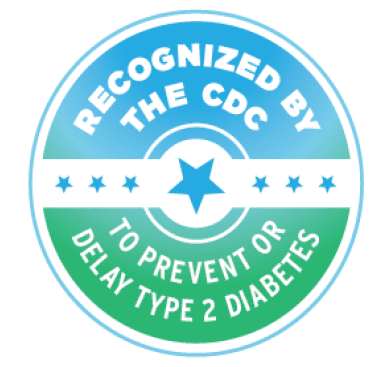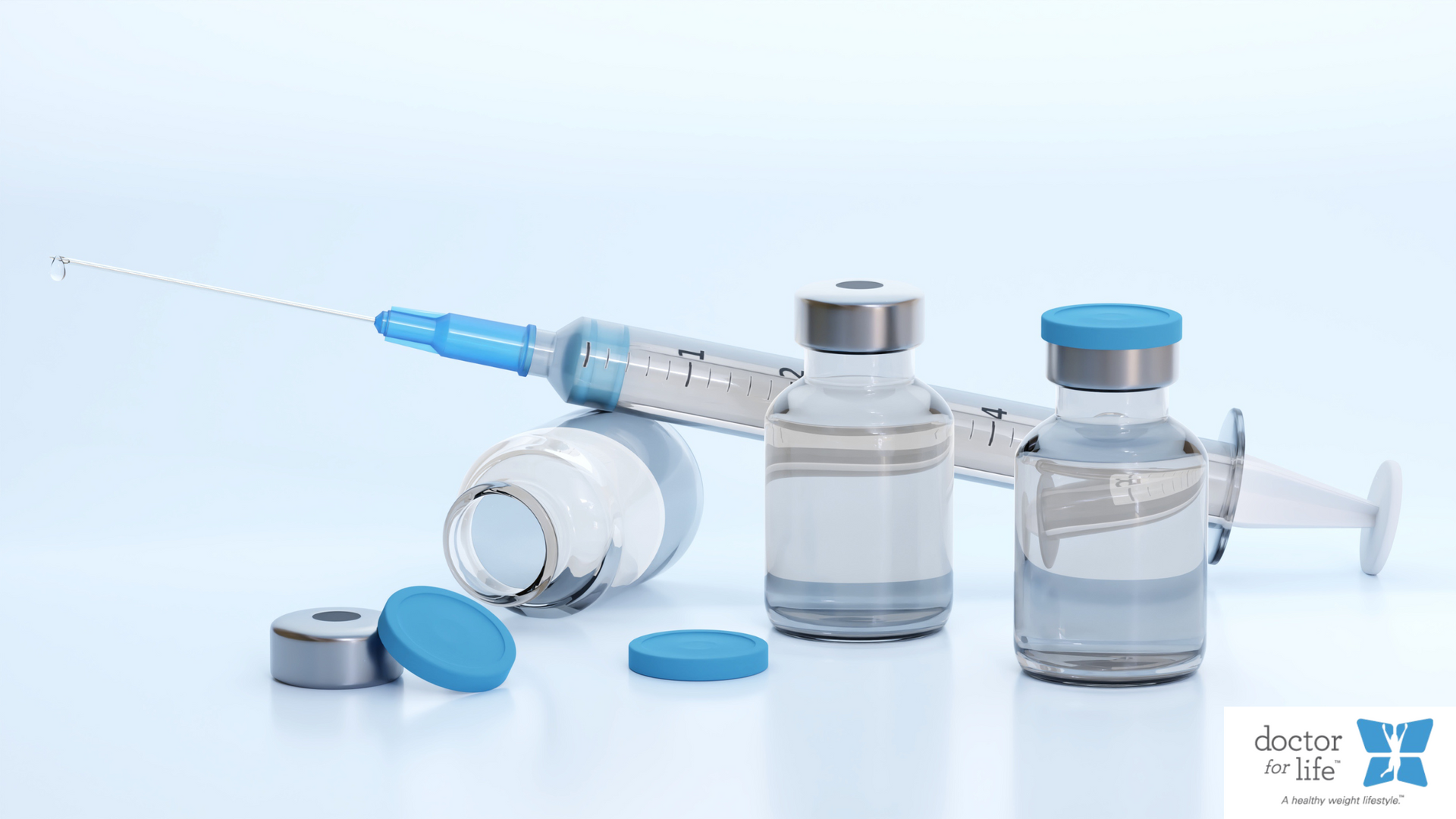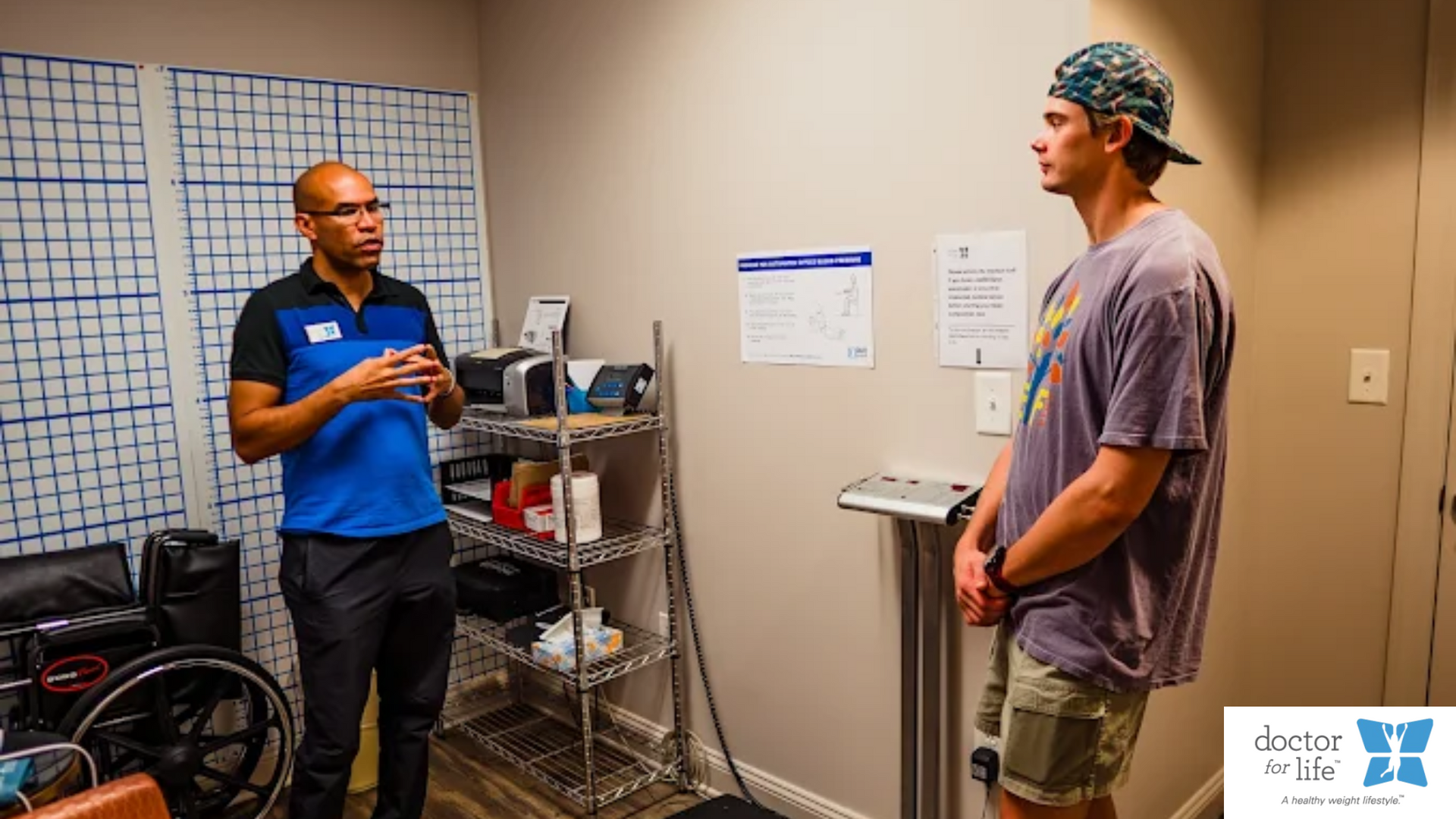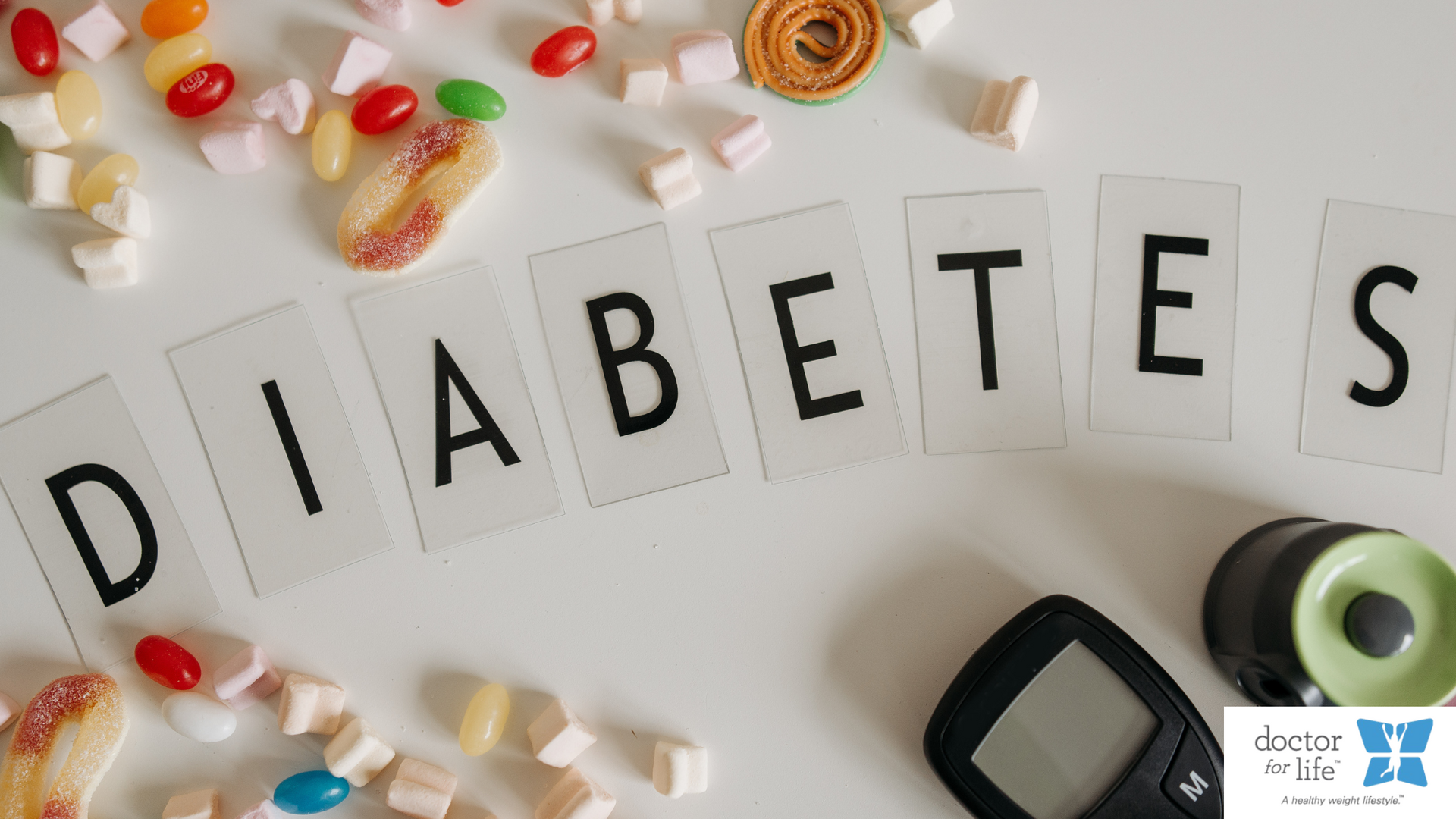National Diabetes Prevention Program: How it Can Combat the Effects of COVID-19
Kylie Truong • June 3, 2020
What is The National Diabetes Prevention Program?
Research has shown that chronic conditions can cause complications that increase a patient’s risk for severe symptoms and raise risk of mortality when infected with COVID-19.
Specifically, Type 2 Diabetes causes an increase of glucose levels within the body (hyperglycemia) that may cause adverse effects to pulmonary function and immune response. And, as we know, COVID-19 strikes the lungs and causes shortness of breath and fluid build-up.
So... What can we do to prevent Type 2 Diabetes to ultimately decrease our risk for severe COVID-19 symptoms?
Because Type 2 Diabetes is extremely prevalent in our society, the CDC has developed the National Diabetes Prevention Program (National DPP)
to encourage the prevention of Type 2 Diabetes before it can begin to cause complications. Per the CDC, “The National DPP was created to address the increasing burden of pre-diabetes and Type 2 Diabetes in the US… and offer evidence-based, cost-effective interventions that help prevent Type 2 Diabetes in communities…”
This program is a way for patients who may have risk factors for developing Type 2 Diabetes to utilize these interventions and decrease or eliminate their risk.
COVID-19 symptoms are exacerbated by chronic conditions like Type 2 Diabetes. Because of this, it’s obvious, now more than ever, that preventing Type 2 Diabetes could greatly lessen the risk factors for severe symptoms related to COVID-19 and benefit overall health.
Once being diagnosed with Type 2 Diabetes, it’s an uphill battle in managing, treating, and decreasing the symptoms, while also putting you at higher risk for more complications down the line.
It’s not easy. A recent article on Metabolismjournal.com compiled a list of factors that could help physicians and patients determine the best way avoid exacerbating COVID-19 symptoms in patients already diagnosed with Type 2 Diabetes:
1. Be wary of continuous corticosteroid therapy:
The use of corticosteroids has been seen to raise glucose levels in 80% of patients with and without diabetes. It’s suggested to only use corticosteroids for “mechanically ventilated patients” and only in specific situations, rather than a routine treatment. If corticosteroids must be used, be sure to monitor glucose levels closely to ensure patient’s maintain normal blood sugar levels (euglycemia) for optimal pulmonary and immunologic function.
2. Accurately monitor glucose levels:
In order to be sure Type 2 Diabetes patients are maintaining their ideal blood sugar levels, it’s extremely important that this is accurately monitored. Remember, consistency is key. Monitoring blood glucose levels consistently and accurately will allow physicians and patients to be aware of any fluctuations that could leave the body more more vulnerable to COVID-19 symptoms.
3. Keep your appointments and utilize telemedicine:
Having chronic conditions, such as Type 2 Diabetes, requires constant monitoring to ensure the correct treatments. It’s important for patient’s to keep their follow-up appointments with their physicians to keep up-to-date on their condition status and ensure necessary medication management. Telemedicine is a way physicians and insurances have been able to allow patient’s to be seen while staying safe, away from the virus, in their homes. Utilize this service and keep your appointments to ensure your conditions stay under control.
4. Be sure to keep up with your medications:
Medications can play a key role in managing chronic conditions. While your physician constantly monitors your medications, you should also be constantly taking your medications as directed. Inconsistent medication treatment could lead to more complications and lack of benefits from the treatments given. It's also important to note the necessity of staying updated on medication changes in dosage and strength to ensure optimal treatment.
Remember, prevention is working forward.
This list is important to keep in mind while treating patients with Type 2 Diabetes; however, it’s important to note that these extra steps could all be avoided if we prevent the development of Type 2 Diabetes in the first place.
The National DPP has created an evidence-based, cost effective way for patients and providers to work forward and prevent the development of Type 2 Diabetes before it occurs.
Once being diagnosed with Type 2 Diabetes, patients and physicians have to work backwards to undo the negative effects of the condition. It’s known that hyperglycemia in diabetic patients can worsen COVID-19 symptoms; therefore, we need to prevent hyperglycemia before it even begins to pose a problem.
Click here
for more information on Doctor for Life and DPP!
Sources:












